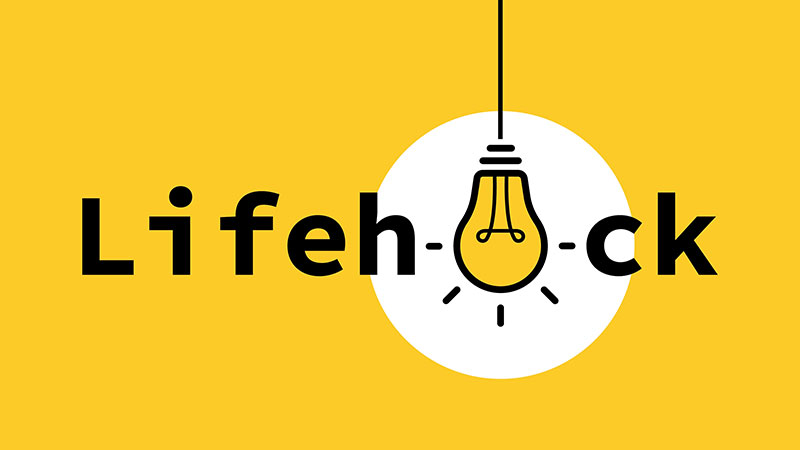The easiest money to save is money you don't notice. This simple "invisible savings" method works because your brain doesn't register small coins and bills as real money—but they add up fast.
What You Need
- A large jar, container, or small box with a slot
- Your normal daily routine (no changes needed)
- Patience to let it build up
The Simple Daily Habit
Every time you come home, empty specific money from your wallet:
- All coins (quarters, dimes, nickels, pennies)
- All $5 bills
- All $1 bills (optional—start with just coins and $5s)
That's it. Do this automatically, without thinking about it, like taking off your shoes when you get home.
Why This Works So Well
Coins feel worthless: Most people view loose change as more of an annoyance than money worth keeping.
$5 bills are uncommon: You don't get them often, so removing them doesn't feel like a loss.
It's painless: Unlike transferring money to savings, this doesn't impact your spending budget.
Automatic habit: Once established, you do it without conscious decision-making.
The Math That Surprises Everyone
Average daily coins: $2.50 (varies by spending habits)
$5 bills per week: 1-2 (depending on cash use)
Monthly total: $75-120
Yearly savings: $900-1,440
Heavy cash users often save $1,800+ annually with this method alone.
Advanced Strategies
Add a "round-up" rule: When you buy something for $12.50, put the extra 50¢ needed to round to $13 in your jar.
Include random $10s and $20s: Once comfortable, occasionally toss larger bills you won't immediately miss.
Seasonal boosts: During holidays when you get cash gifts, put all small bills in the jar.
Family involvement: Have everyone in the household contribute their pocket change.
When and How to Cash Out
Wait at least 6 months before counting or spending your savings. This builds the habit and creates a meaningful amount.
Count it all at once for maximum psychological impact. Most people are shocked by how much they've saved.
Use it for something specific: Emergency fund, vacation, home repair, or debt payment. Having a goal makes the habit more rewarding.
What to Expect
The first month feels strange—you might reach for change that isn't there. By month two, it becomes automatic. By month six, you'll be amazed at how much "invisible money" you've saved.
This method works especially well for people who say "I don't have money to save." You're not taking money from your budget—you're capturing money that would otherwise sit unused.
Pro Tips
Use a clear container so you can see progress building up.
Place it by your front door where you'll see and use it daily.
Don't count or spend from it until you've committed to a specific timeframe.
Tell family members it's off-limits to prevent anyone from "borrowing" from your savings.
⚠️ FINANCIAL DISCLAIMER: This content is for informational purposes only and is not professional financial advice. Savings amounts will vary based on individual cash usage and spending patterns. This method supplements but does not replace comprehensive financial planning. Consult with a qualified financial advisor for personalized savings strategies.
Share this article:
React to this article:
